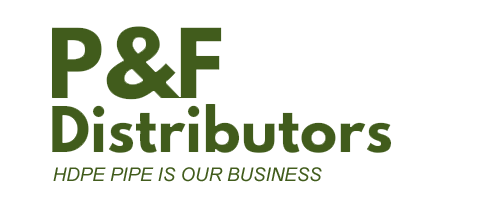Technical Note 803 – Pull In Applications
Pull-In Applications
When Performance Pipe OD controlled polyethylene pipe or conduit is installed using pull-in techniques such as sliplining, insertion renewal, horizontal directional drilling, pipe bursting, plowing and planting, the installation applies temporary stresses to the pipe. If installation-applied stresses are too great, the polyethylene pipe may be damaged beyond use, or its potential service life may be compromised.
Polyethylene Tensile Properties
Unlike metals that break almost immediately after yielding, polyethylene will elongate several hundred percent before breaking under tensile load. Once the material yields, it doesn’t require greater pulling force to stretch it until it breaks. That is, the pulling load that causes the pipe to yield is about the same as the load that causes it to break, but between yield and break the pipe will stretch out several hundred percent. For example, 400% elongation means that when the pipe yields, 1 foot of pipe will stretch an additional 4 feet, but while stretching after yield, the pulling load stays about the same until it drops to zero when the pipe breaks.
Polyethylene is sensitive to the length of time the pulling load is applied. That is, the pulling load that causes the pipe to yield and break in a few minutes is much higher than the load that causes failure in an hour or a day. This phenomenon is known as creep. It means that the pipe’s allowable tensile load (ATL) for a half-day pull is lower than the ATL for a 1-hour pull. Published tensile strength values are based on short-term tests that take only minutes to run. Because pull-in installations take longer, ATL values must be much lower than the published short-term tensile yield strength. The ATL is the allowable safe pulling load that can be applied to a polyethylene pipe.
Lastly, as with all thermoplastic materials, the strength of polyethylene decreases as the temperature increases. As a result, pipe that has been warmed by the sun before pull-in has a lower allowable tensile load.
Pull-In Installation
Weak-Link Devices
A “weak-link” or breakaway device should always be used at the leading end of the PE pipe to protect the pipe from damage if the pulling load gets too high. The breakaway strength for the weak-link device should be set so that the allowable tensile load (ATL) of the pipe cannot be exceeded. Indicators such as drilling rig hydraulic pressure or winch rope pulling force do not show the load at the connection to the PE pipe and do not provide reliable protection against pull-in damage. A weak-link device is not necessary only when the pulling equipment is incapable of exceeding the ATL for the pipe being installed.
Allowable tensile loads for setting weak-link devices for polyethylene pipe can be determined from ASTM F 1804 Standard Practice for Determining Allowable Tensile Load for Polyethylene (PE) Gas Pipe During Pull-In Installation.
Click link(s) below to print, download and view the details
